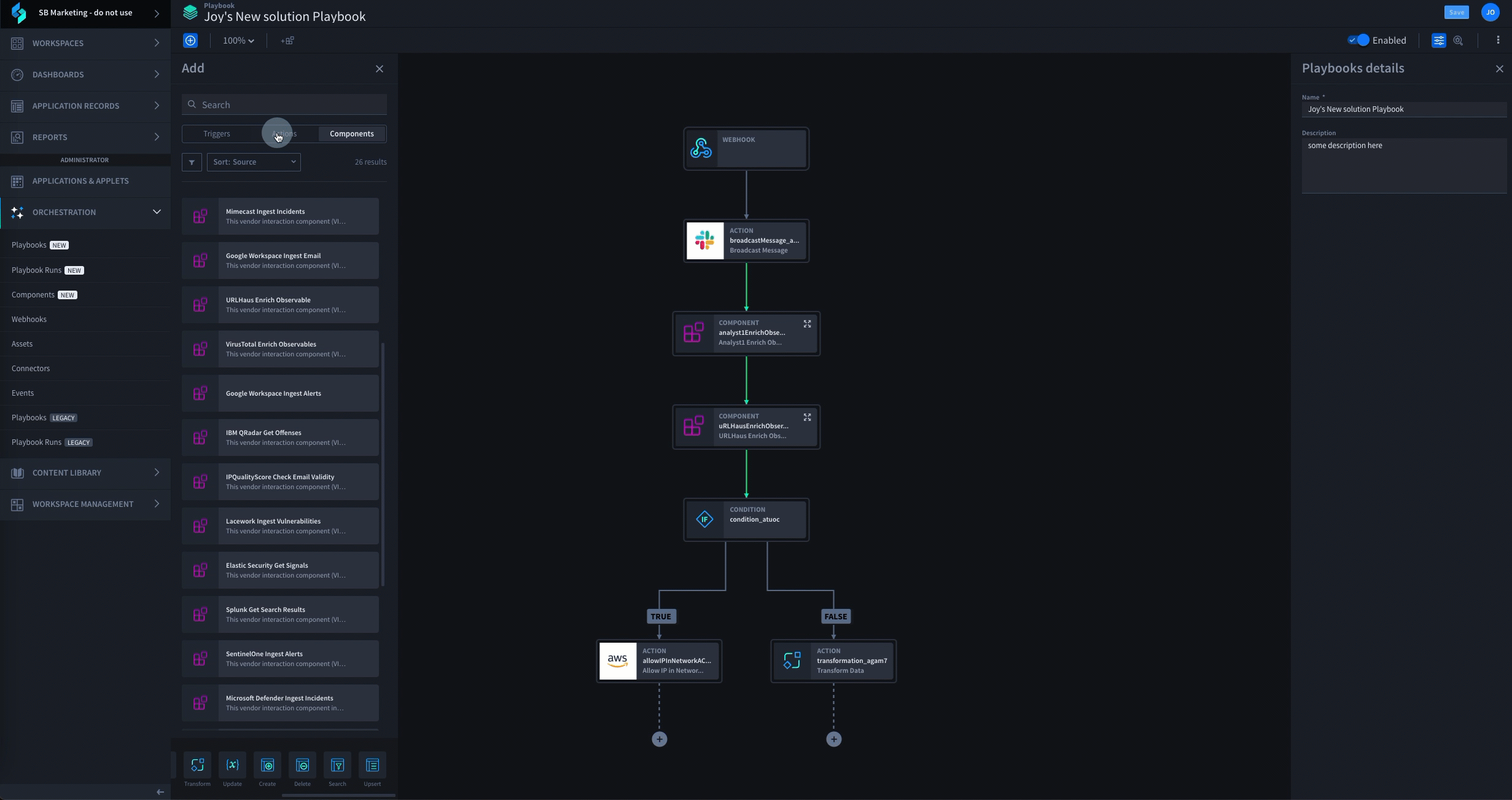How security automation affects your SOC and enables your entire security team.
Do you believe that automation will remove the need for people? Most people do.
From a distance, it’s easy to understand how someone could come to this conclusion. There is certainly a good deal of hype surrounding security automation and how much automation can improve your security environment. Automation has removed many of the mundane and repetitive tasks that take up time and resources, enabling security operations professionals to focus on higher quality work. But we have a serious conundrum – is automation removing the need for humans or empowering them?
Security Automation at a Glance
Security automation is the application of technology to automate security procedures and policies. This could include cyber threat detection, vulnerability management, and incident response. While the term “security automation” was once a buzzword in the IT industry, it has now become mainstream and widely adopted.
However, that does not mean that it holds the same meaning for everyone that uses the term. In fact, there are many different variations of what it means to automate something in information security, each with its own benefits and limitations.
There are generally three approaches to automating security processes: traditional full-code Security Automation Orchestration Response (SOAR), low-code automation, and no-code automation solutions. These approaches often have a lot of overlap — but they are ultimately quite different. Learn more about low-code vs no-code automation.
How Low-Code Automation Affects the SOC
The SOC is a challenging environment, filled with disjointed tools that are difficult to integrate, people who are overworked and understaffed, and repetitive tasks that waste time and resources. Automation has the power to help alleviate some of these pains by making security operations more efficient and less time-consuming. Some effects of automation include:
-
Automate manual, repetitive tasks
-
Improve incident response with pre-built use cases
-
Connect disjointed technology stacks
-
Reduce mean time to detect (MTTD) and resolve (MTTR)
-
Visibility into the value of your security team
Low-code automation platforms are easy enough for non-developers to use but powerful enough for analysts to build sophisticated workflows. Watch the webinar on Low-Code Security Automation 101 to discover more.
Is Automation Replacing People?
The truth is, automation must be used as a tool to support the SOC, not replace it. It takes the mundane manual tasks off your plate and enables you and your team to become builders of a better security environment. Security teams can focus on analyzing risk, prioritizing what matters most, and getting ahead of threats before they become incidents. This can mean doing more with fewer people or using your existing staff to get more done in less time.
It’s no secret that the security industry is facing major staffing shortages. Last year the United States alone saw almost 500,000 cybersecurity job vacancies. If automation could completely replace people, now would be a good time to start. But the reality is that security automation still needs humans in order to succeed.
Keeping Humans in the Loop
So why do we still need humans in the security automation loop? The answer is simple: people are flexible, computers aren’t. When facing a security incident, a human can make decisions based on common sense, business context, and real-time facts. Computers can’t.
The idea of working with machines and not against them will be increasingly important as we move towards the age of machine learning and deeper automation. Machines are great at doing repetitive tasks over and over again, but they are not good at making human decisions outside their programming.
Automation adds value by keeping humans in the loop to make flexible, better business decisions – that’s the true power of automation.
It’s an exciting time for technology as we start to take advantage of automation across many different industries. However, it’s important to remember that automation won’t remove the need for people; automation enables people to build something even greater.

See Swimlane Turbine in Action
Schedule a Swimlane Turbine live demonstration with our experts! Learn how our AI-enabled security automation platform can help you solve the most challenging problems across your entire security organization.


